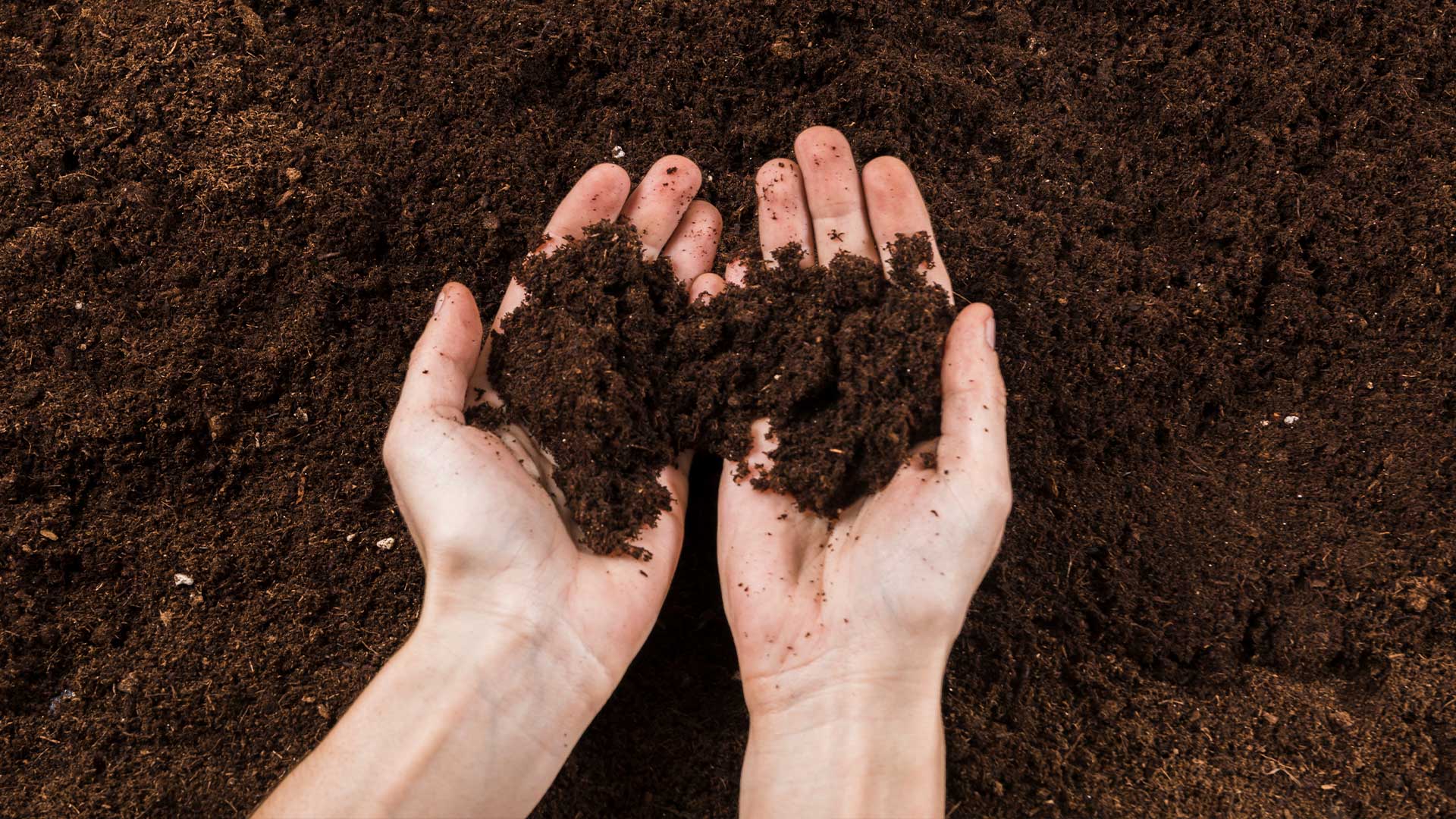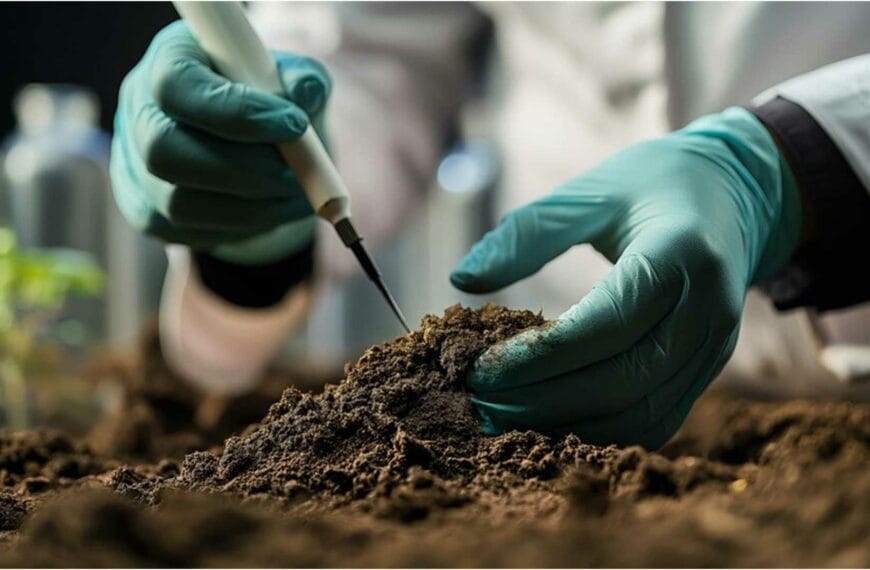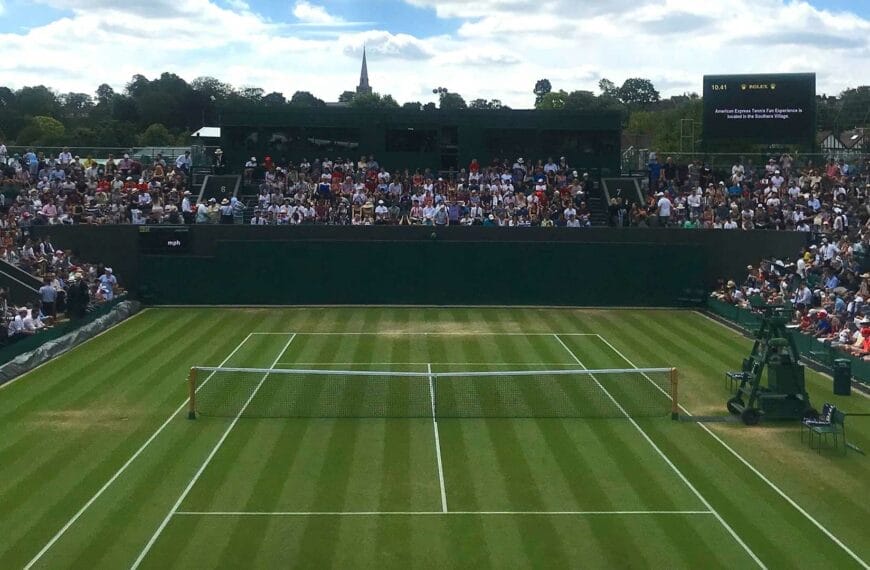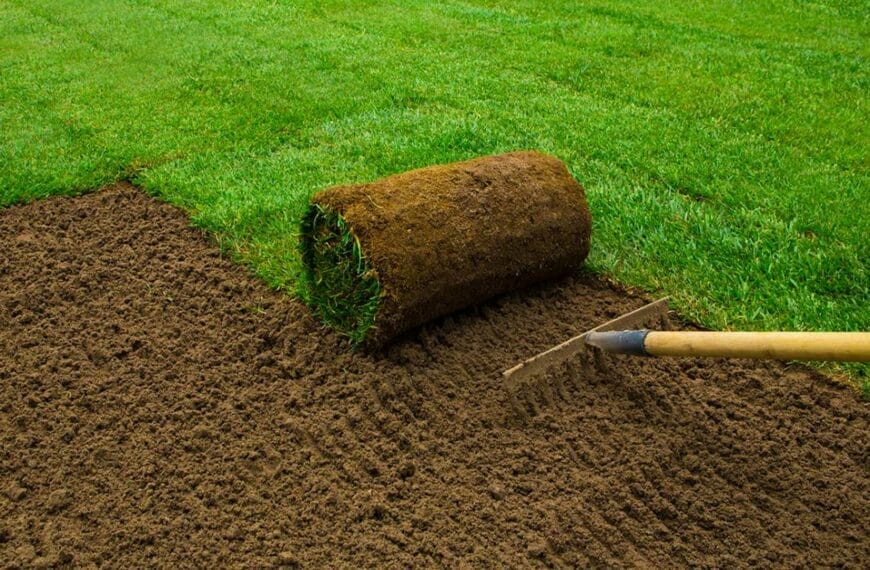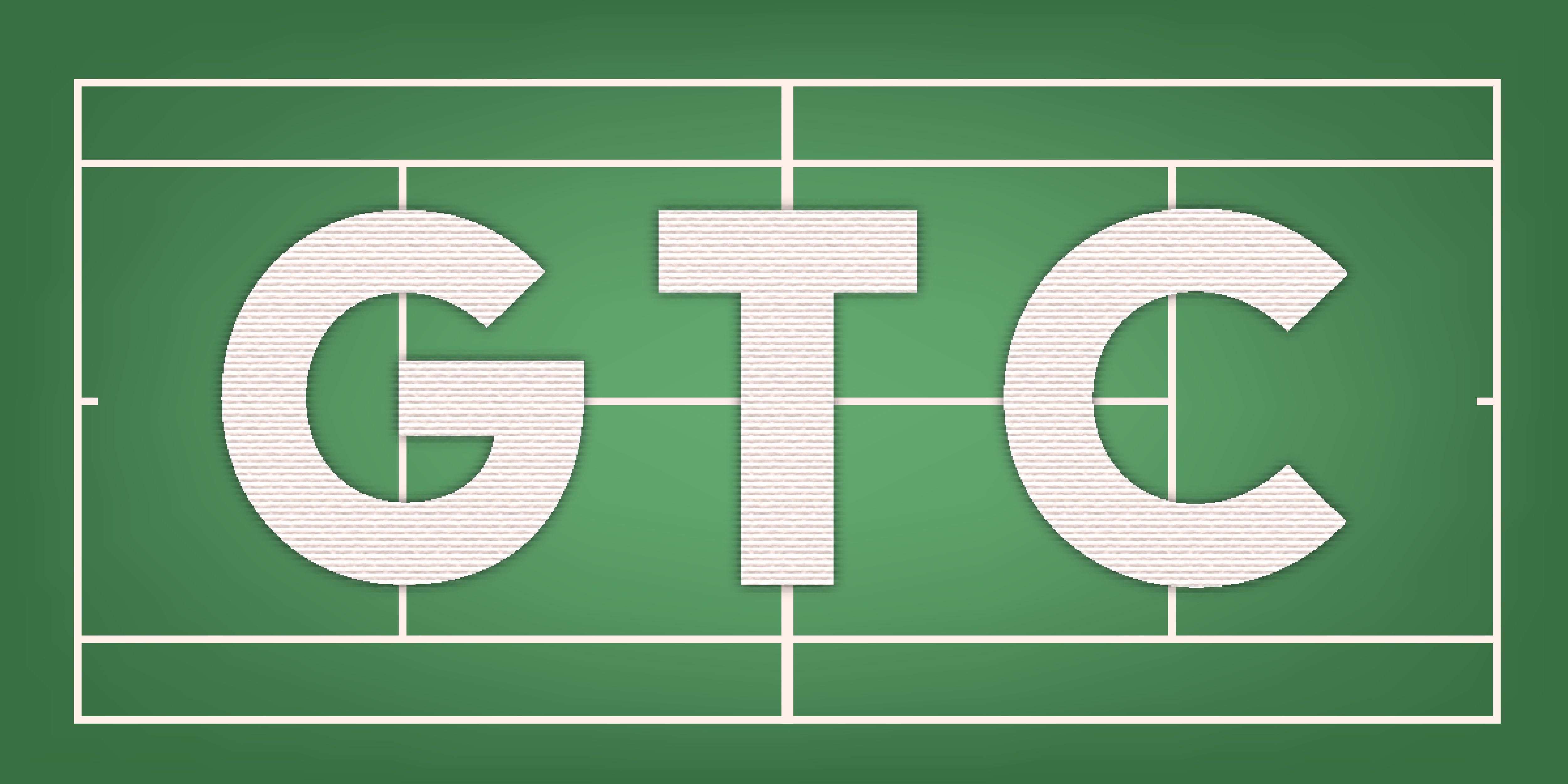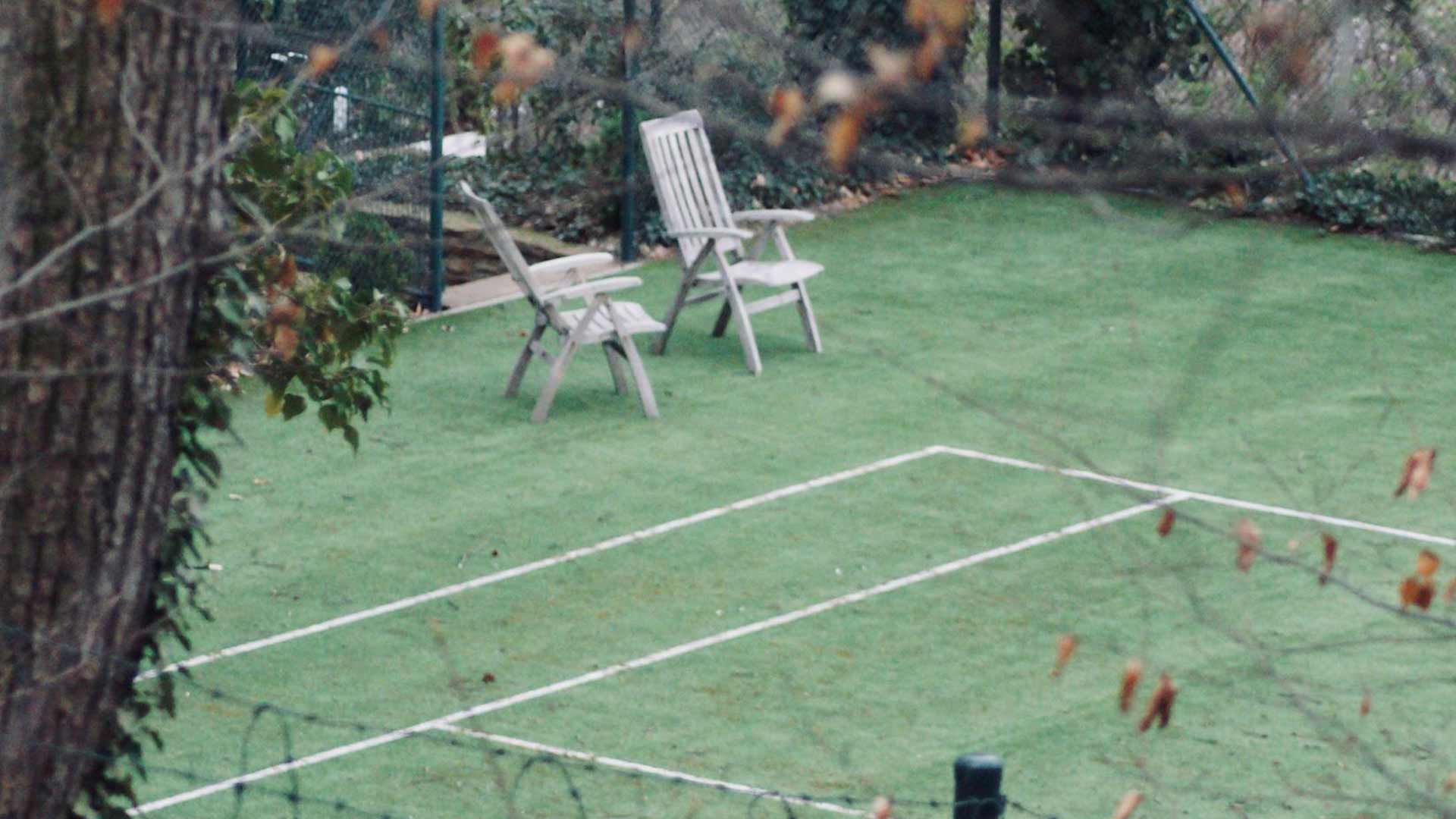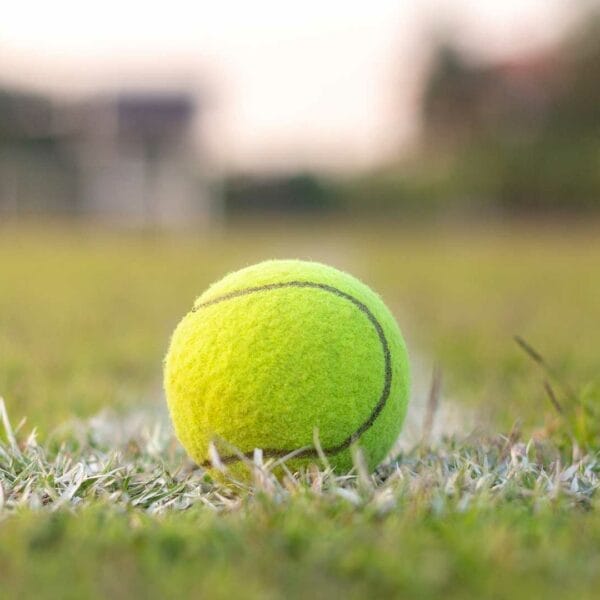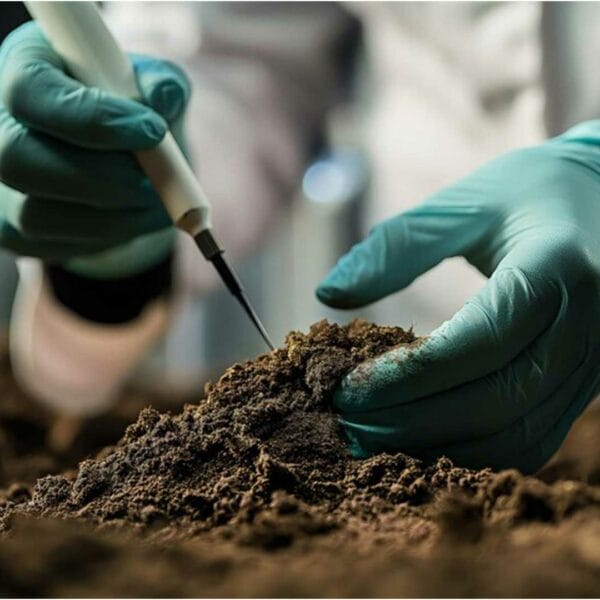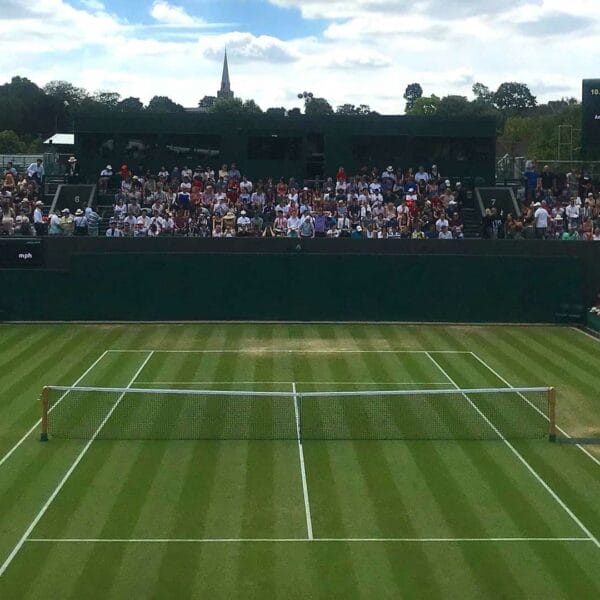In the world of tennis, grass courts hold an enigmatic allure, a throwback to the origins of the sport. As the debate rages on about the ideal soil composition and maintenance techniques for these verdant playing surfaces, aficionados and players alike seek out the crème de la crème of grass courts worldwide. Indeed, sandy-loam soil is reputed as the best for grass tennis courts due to its balance of drainage and moisture retention.
Best Soil for Grass Courts
Learn about the optimal soil types for grass tennis courts that ensure excellent playing conditions focused on Soil Composition, pH Levels, and Nutrient Content.
1. Soil Composition: Sandy Loam Mix
Why Sandy Loam?
Drainage: Sandy loam allows water to infiltrate quickly, preventing waterlogging, which can lead to an uneven surface or dead grass patches.
Moisture Retention: Despite its drainage capabilities, the loamy component of the mix ensures the soil retains enough moisture to keep the grass hydrated and resilient during play.
Compaction Resistance: Sandy loam provides the firmness necessary for a smooth playing surface while being less prone to over-compaction compared to heavy clay soils.
Recommended Proportion:
Sand: 60–70% (for drainage and aeration)
Silt and Clay: 20–30% (for moisture retention)
Organic Matter: 5–10% (to boost structure and fertility
2. pH Levels: Neutral to Slightly Acidic (6.0–7.0)
Importance:
Grass species like perennial ryegrass or creeping bentgrass, commonly used for tennis courts, thrive in soils with a pH between 6.0 and 7.0.
Proper pH ensures that essential nutrients (nitrogen, phosphorus, potassium, and trace elements) are readily available for uptake by the grassroots.
Adjustment Tips:
To Raise pH (if below 6.0): Apply agricultural lime or dolomitic lime.
To Lower pH (if above 7.0): Add sulfur, ammonium sulfate, or organic matter like peat moss.
3. Nutrient Content: Fertile and Organic-Rich
Why Organic Matter?
Organic matter, such as compost or well-rotted manure, improves soil structure, water-holding capacity, and nutrient availability.
It also encourages microbial activity, essential for breaking down organic nutrients into forms accessible to the grassroots.
Key Nutrients:
Nitrogen (N): Promotes vigorous grass growth and green colouration.
Phosphorus (P): Supports root development, ensuring a firm and resilient surface.
Potassium (K): Enhances grass resistance to wear, diseases, and stress.
Enrichment Practices:
Regularly test soil nutrient levels and amend as needed with fertilizers or organic compost.
Aerate the soil to mix nutrients evenly and reduce compaction.
Additional Notes for Maintenance
Irrigation: Match the soil’s drainage and retention properties with an efficient sprinkler system to prevent overwatering or dehydration.
Aeration: Periodic aeration prevents compaction, enhances root development, and maintains optimal moisture and nutrient flow.
Topdressing: Apply a sandy loam topdressing periodically to level the surface, improve soil structure, and maintain playing conditions.
By combining these principles of soil composition, pH balance, and nutrient management, you can create a grass tennis court that supports lush, durable grass and ensures top-quality playing conditions year-round.
Grass Court Clubs Experience with Sandy Loam
1. All England Lawn Tennis and Croquet Club, Wimbledon
Wimbledon is not just a tennis tournament; it’s an institution, a spectacle of tradition and excellence. Known for its impeccable grass courts, Wimbledon epitomizes the perfect balance of sandy-loam soil, with its optimal drainage and moisture retention. The soil here is a blend that supports dense, lush grass, crucial for the fast-paced game that unfolds on its courts.
The allure of Wimbledon extends beyond its technical prowess. The club has a storied history dating back to 1877, and each summer, it transforms into the epicenter of the tennis world. The attention to detail is seen in the meticulous maintenance schedule, where each blade of grass is trimmed to a precise 8mm before the tournament begins. It’s a testament to the dedication to excellence that keeps Wimbledon at the pinnacle of grass tennis courts.
2. Roland Garros, Paris
While Roland Garros is renowned for its clay courts, the venerable club also boasts exceptional grass courts that often go unnoticed. These hidden gems are reserved for practice and special events, offering a lush, vibrant alternative to the club’s usual clay surfaces. Here, the grass courts are constructed with a similar sandy-loam soil composition to that of Wimbledon, ensuring similar playability and resilience.
Paris, with its romantic allure and architectural grandeur, adds a unique charm to the experience of playing on these grass courts. The juxtaposition of the traditional clay courts with the less-celebrated grass courts at Roland Garros exemplifies the versatility and adaptability of this historic venue, making it a must-visit for tennis enthusiasts.
3. The International Tennis Club, Paris
Nestled in the heart of Paris, the International Tennis Club offers a unique blend of old-world elegance and modern sporting excellence. Its grass courts, though lesser-known, are a testament to meticulous care and expert knowledge of turf management. The club uses a sandy-loam soil mixture, finely tuned to the local climate, allowing for year-round playability despite Paris’s variable weather.
The aesthetic appeal of playing within a city known for its art and culture is unmatched. The club maintains its courts with a combination of traditional techniques and cutting-edge technology, ensuring that the grass remains lush and resilient against the rigors of play. This dedication to quality makes it a favorite spot for both local players and international visitors seeking an authentic Parisian tennis experience.
4. The Queens Club, London
The Queen’s Club in London stands as a prestigious venue, home to some of the finest grass courts in the world. Known for hosting the annual Queen’s Club Championships, this club is a paragon of tennis excellence. The grass courts here are meticulously maintained using carefully balanced sandy-loam soil, ensuring optimal conditions for both practice and competition.
The club’s rich history, dating back to 1886, is woven into the very fabric of its lush courts. The attention to detail is evident in the evenness of the playing surface and the vibrant green hue of the grass, attributes that contribute to its reputation as one of the world’s best grass courts. It’s an environment where tradition meets innovation, providing players with a seamless blend of past and present.
5. The International Tennis Club, London
London’s International Tennis Club might not have the global recognition of Wimbledon or the Queen’s Club, but its grass courts are a hidden gem for tennis purists. Utilizing a well-crafted sandy-loam soil blend, the club ensures that its courts deliver the perfect balance of speed and comfort, embodying the quintessential grass court experience.
The club is a sanctuary for those who appreciate the subtle nuances of grass court play. Its intimate atmosphere and attention to detail make it a favorite among local players who value quality over quantity. The grass courts here are a testament to the club’s commitment to providing an unparalleled tennis experience.
6. The Hurlingham Club, London
The Hurlingham Club in London is a bastion of elegance and exclusivity, boasting some of the most well-maintained grass courts in the world. The club’s commitment to quality is evident in its use of sandy-loam soil, tailored to support the lush, resilient grass that characterizes its courts. These courts are a haven for those who appreciate the finer aspects of tennis, offering a serene and picturesque setting for play.
The club’s history, combined with its modern amenities, creates a unique blend of tradition and innovation. Members enjoy the privilege of playing on courts that are maintained to the highest standards, ensuring a consistently superior playing experience. It’s a setting that epitomizes the elegance and sophistication of grass-court tennis.
Conclusion
Grass tennis courts are the epitome of tradition, elegance, and athleticism, offering a unique playing experience that is both challenging and rewarding. The best grass courts in the world, from the hallowed grounds of Wimbledon to the hidden gems of Paris and London, exemplify the dedication and expertise required to maintain these pristine surfaces. The use of sandy-loam soil is a common thread that ties these courts together, providing the optimal conditions for lush, resilient grass.
For more information on the best practices for grass tennis court maintenance, including soil quality and turf installation, visit our comprehensive guide on grass tennis court surface design. Whether you’re an avid player or a passionate fan, the world of grass-court tennis offers a rich tapestry of history, tradition, and excellence waiting to be explored.

